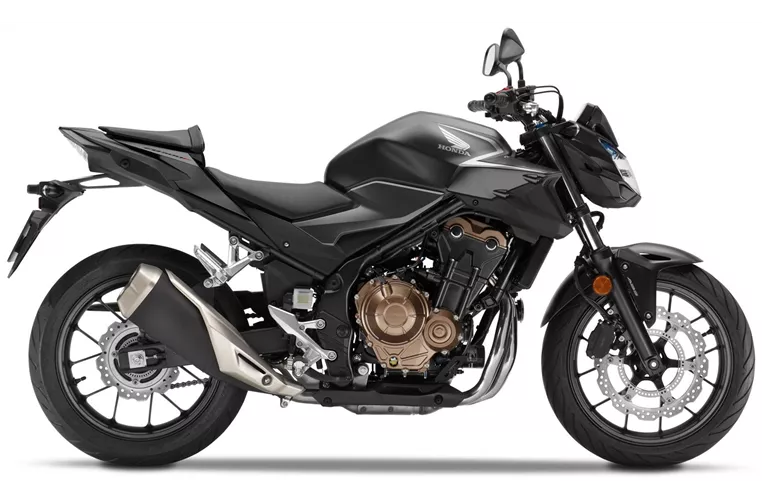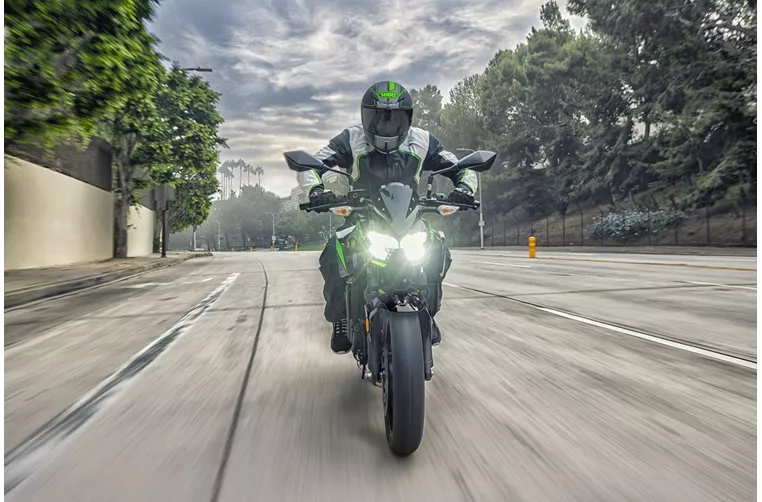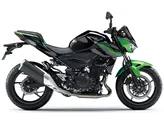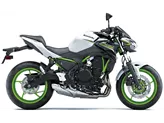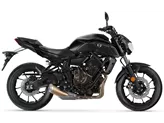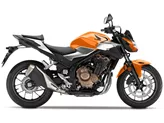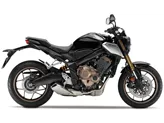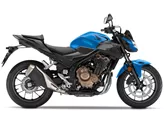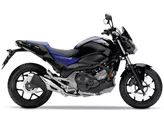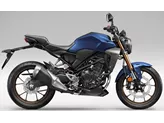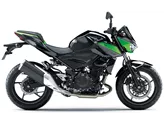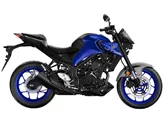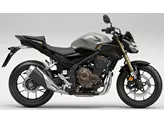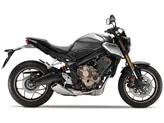Honda CB500F 2021 vs. Kawasaki Z 400 2023
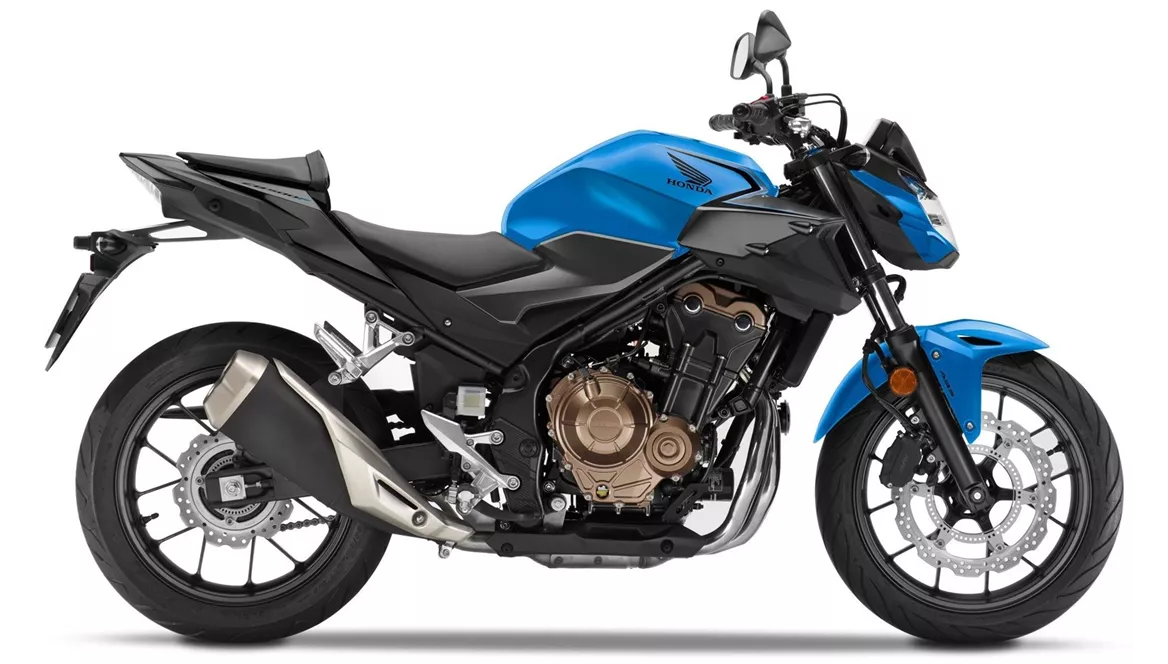
Honda CB500F 2021
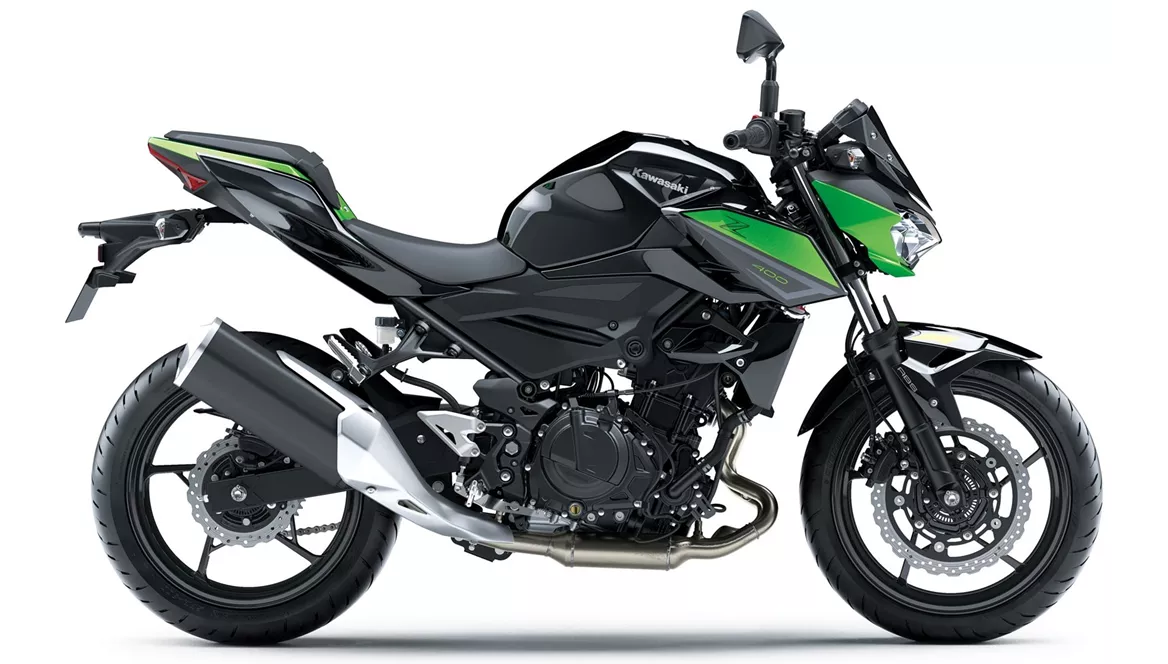
Kawasaki Z 400 2023
Overview - Honda CB500F 2021 vs Kawasaki Z 400 2023
The Honda CB500F model year 2021 and the Kawasaki Z 400 model year 2023 are both naked bikes that offer a combination of power, performance, and style. While they share some similarities in terms of engine type, cooling, and frame material, there are several key differences between the two models.
In terms of engine power, the Honda CB500F has a slight advantage with 48 HP compared to the Kawasaki Z 400's 45 HP. This difference may not be significant, but it could be noticeable during acceleration and top speed. Additionally, the Honda CB500F has a higher torque of 43 Nm compared to the Kawasaki Z 400's 37 Nm, which could result in better low-end power and responsiveness.
Both bikes feature a 2-cylinder engine and liquid cooling, ensuring optimal performance and temperature regulation. The Honda CB500F has a larger displacement of 471 ccm, while the Kawasaki Z 400 has a slightly smaller displacement of 399 ccm. This could affect the overall power delivery and torque characteristics of the bikes.
In terms of chassis, both models feature a steel frame, providing stability and durability. The Honda CB500F has a higher-quality fork, which could result in better suspension performance and handling. On the other hand, the Kawasaki Z 400 boasts a good chassis and brakes, ensuring precise control and stopping power.
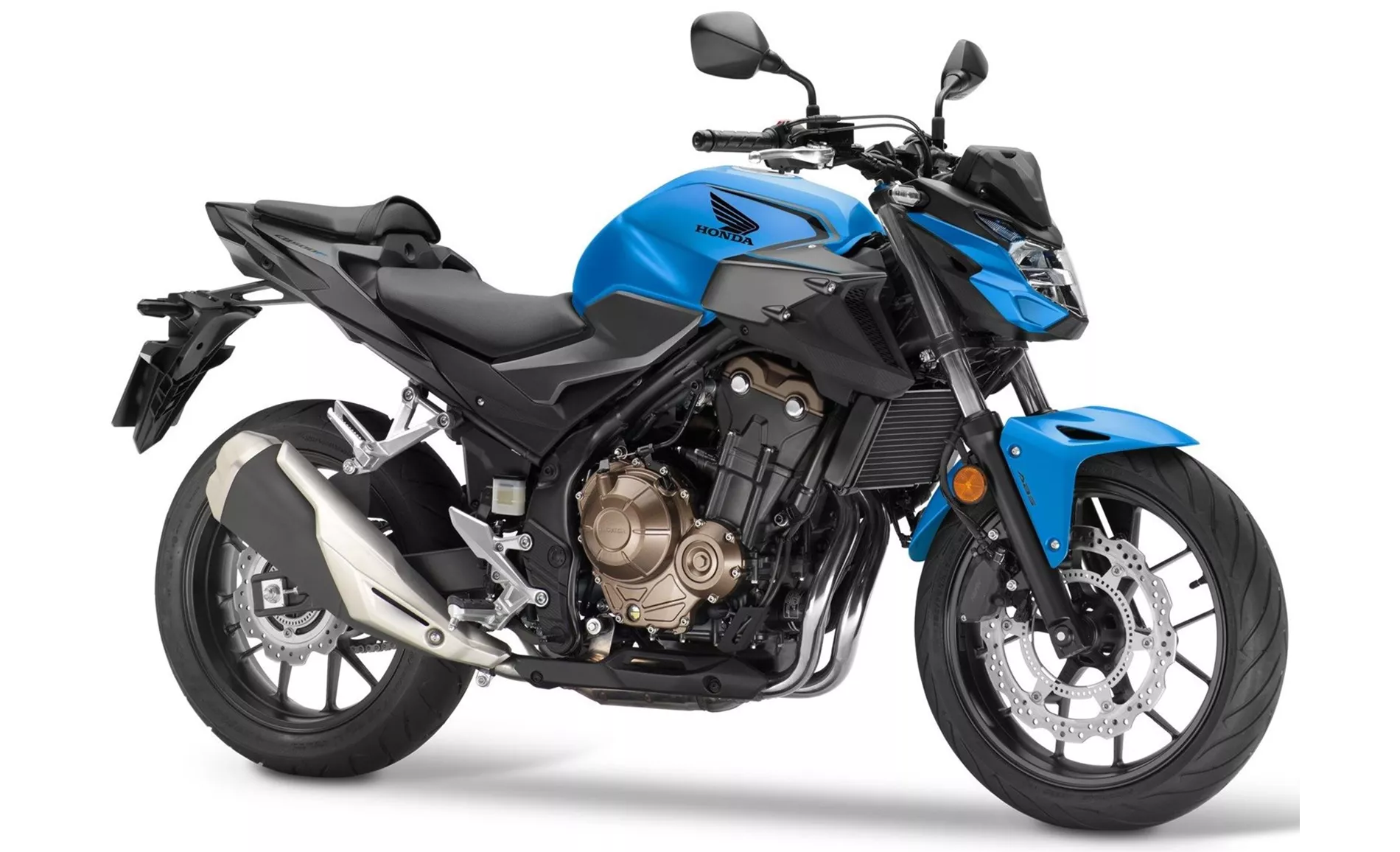
Honda CB500F 2021
When it comes to dimensions and weights, the Honda CB500F has a wider front tire width of 120 mm compared to the Kawasaki Z 400's 110 mm. This could provide better stability and grip during cornering. Both bikes have the same front and rear tire diameter of 17 inches. The Honda CB500F has a wider rear tire width of 160 mm compared to the Kawasaki Z 400's 150 mm, which could offer improved traction.
The Honda CB500F has a longer wheelbase of 1410 mm compared to the Kawasaki Z 400's 1370 mm. This could result in better stability at higher speeds. The seat height of the Honda CB500F is slightly higher at 790 mm compared to the Kawasaki Z 400's 785 mm. This could affect the comfort and ergonomics for riders of different heights.
In terms of weight, the Honda CB500F is slightly heavier with a kerb weight of 194 kg compared to the Kawasaki Z 400's 167 kg. This could affect maneuverability and agility, especially in tight corners and city riding.
Both bikes have a fuel tank capacity that is suitable for longer rides, with the Honda CB500F offering 15.7 liters and the Kawasaki Z 400 offering 14 liters.
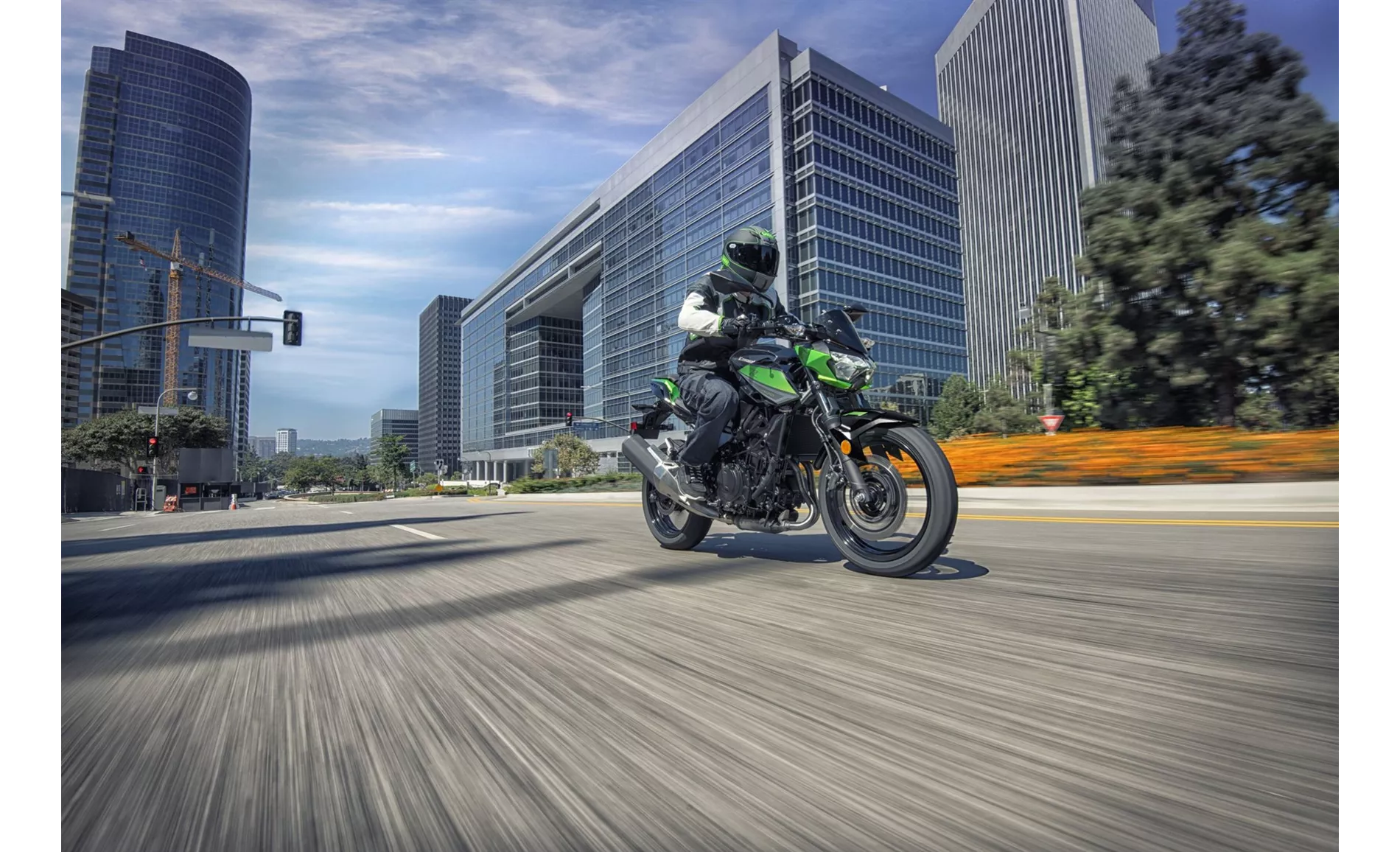
Kawasaki Z 400 2023
In terms of strengths, the Honda CB500F 2021 offers the full 48 hp in the A2 class, making it an attractive option for riders with an A2 license. It also has a high-quality fork, good brakes, a comfortable seating position, low seat height, and intuitive handling.
On the other hand, the Kawasaki Z 400 2023 boasts a lively engine, good chassis and brakes, easy handling, a grown-up look, and high-quality workmanship.
As for weaknesses, the Honda CB500F 2021 has been reported to have a suspension strut that bounces on bumpy roads. On the other hand, the Kawasaki Z 400 2023 has non-adjustable levers, which may limit customization options for some riders.
In conclusion, both the Honda CB500F 2021 and the Kawasaki Z 400 2023 offer their own unique strengths and weaknesses. The Honda CB500F provides a slightly more powerful engine and a wider rear tire, while the Kawasaki Z 400 offers a slightly lighter weight and a narrower front tire. Ultimately, the choice between the two models will depend on the rider's preferences and priorities in terms of power, handling, comfort, and design.
Technical Specifications Honda CB500F 2021 compared to Kawasaki Z 400 2023
Pros and Cons in comparison
Pros and Cons in comparison
Honda CB500F 2021
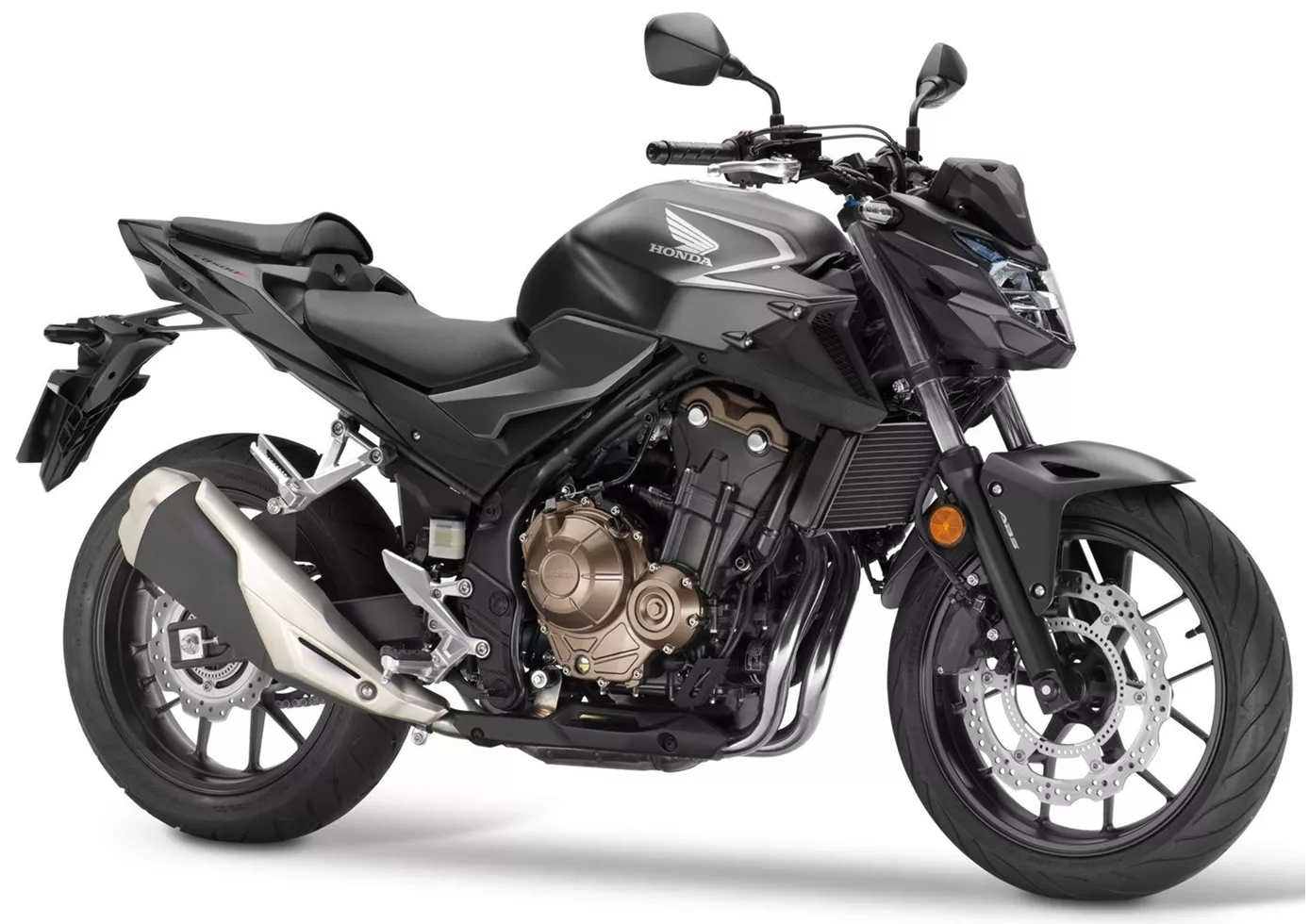
Honda has significantly improved the rounded package called CB500F for 2022. Thanks to better brakes and a higher-quality chassis, the handling has been significantly upgraded. Both beginners and experienced riders will feel very comfortable on this bike and enjoy it for many years to come. Only the suspension strut is not quite up to scratch - but there still needs to be room for improvement somewhere.
Kawasaki Z 400 2023
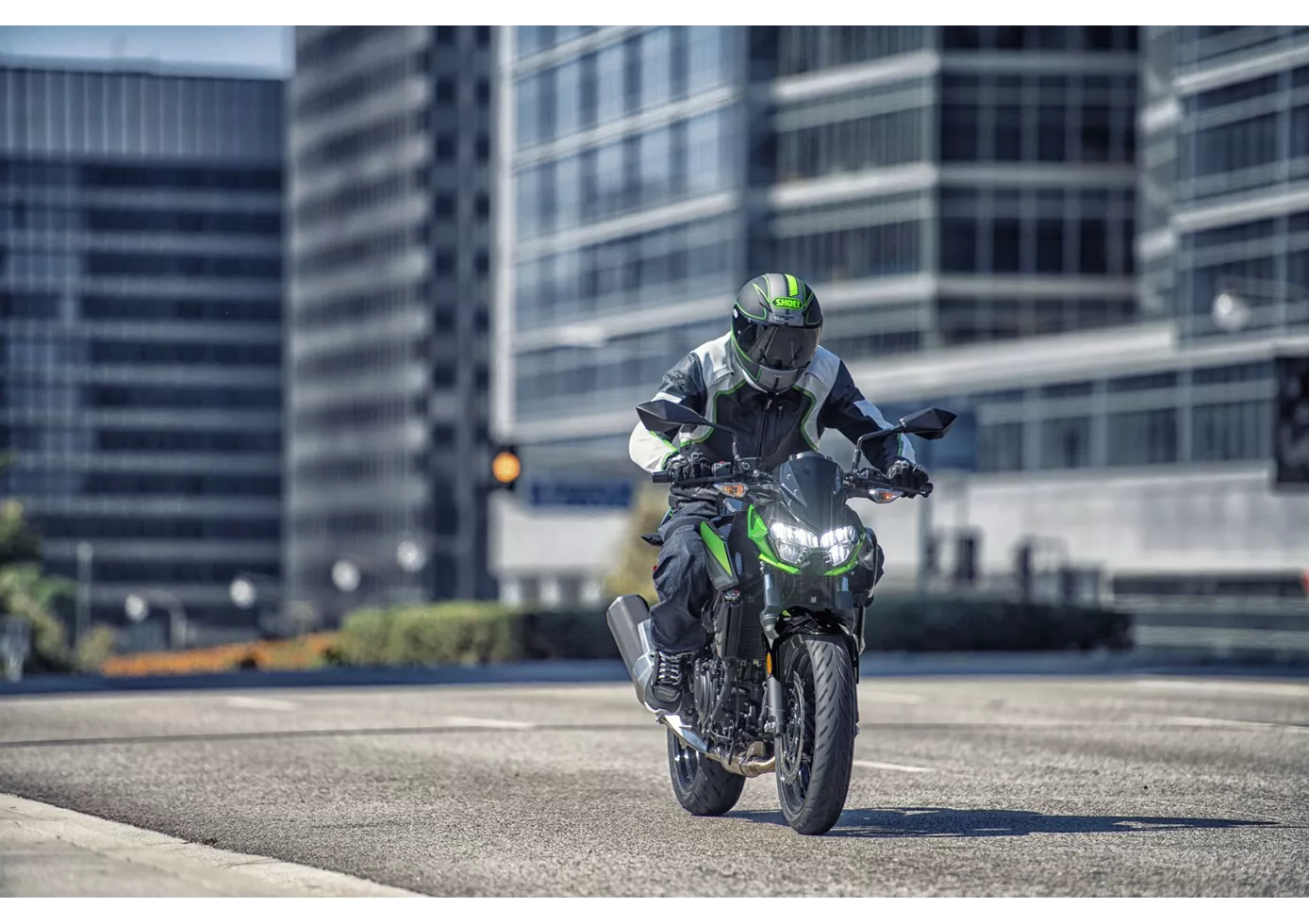
A cool and sensible entry into the A2 class. The Kawasaki Z400 scores points all along the line with its instinctive handling and the in-line two-cylinder, which convinces with good response and sufficient power. You can't go wrong with this naked bike and you can overlook the fact that the levers are not adjustable - after all, costs have to be saved somewhere.
Price Comparison Avarage Market Price Honda CB500F vs Kawasaki Z 400
There are a few key differences between a Honda CB500F 2021 and a Kawasaki Z 400 2023. In terms of price, the actual average price of a Kawasaki Z 400 2023 is about 12% higher. Compared to Kawasaki Z 400 2023 there are less Honda CB500F 2021 bikes available on the 1000PS.de Marketplace, specifically 17 compared to 89. It takes less time to sell a Honda CB500F with 80 days compared to 123 days for a Kawasaki Z 400. Since model year 2013 1000PS.de editors have written 22 reviews for the Honda CB500F and 8 reviews for the Kawasaki Z 400 since model year 2019. The first review for the Honda CB500F was published on 11/10/2012 and now has more than 18,500 views. This compares to more than 23,200 views for the first review on Kawasaki Z 400 published on 10/2/2018.
